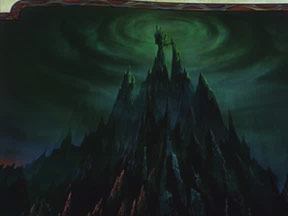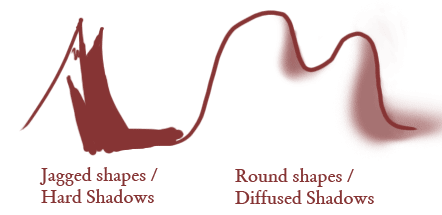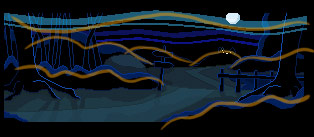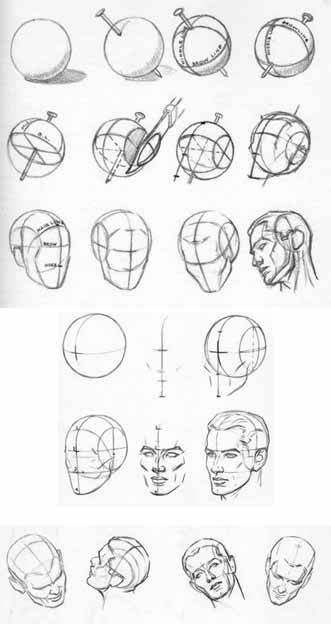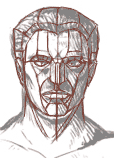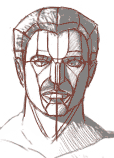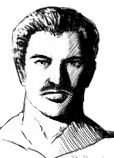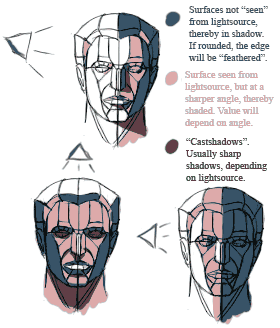Great pic again!
As with the previous, it's tricky to give suggestions since your aim is pretty unclear.
For instance, at the moment the colours do seperate the subject from the background effectively, but do at the same time create the effect of two seperate elements layered ontop of eachother, rather than of a character in a setting.
There's no real way for people to know whether these things are design decisions, or issues that if pointed out n "corrected" would enhance the pic in your view, specially when dealing with more stylized styles.
A small description of what you're aiming at might generate more relevant suggestions.
Once again, great pic, and hope you'll post more.
As with the previous, it's tricky to give suggestions since your aim is pretty unclear.
For instance, at the moment the colours do seperate the subject from the background effectively, but do at the same time create the effect of two seperate elements layered ontop of eachother, rather than of a character in a setting.
There's no real way for people to know whether these things are design decisions, or issues that if pointed out n "corrected" would enhance the pic in your view, specially when dealing with more stylized styles.
A small description of what you're aiming at might generate more relevant suggestions.
Once again, great pic, and hope you'll post more.



